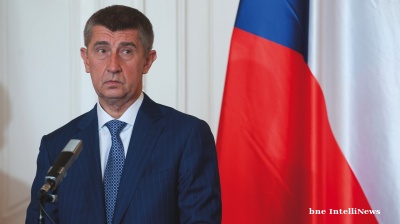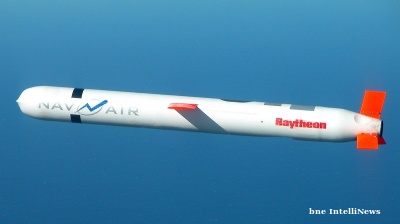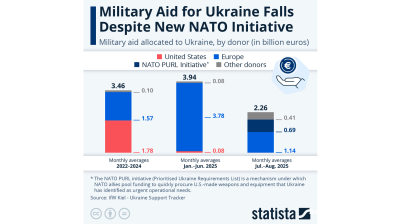On June 5, Russian President Vladimir Putin visited Vienna, meeting his Austrian counterpart, Alexander Van der Bellen, as well as the chancellor, Sebastian Kurz. The occasion was the 50th anniversary of the first gas delivery from Russia to Austria. Despite an unexpectedly audacious grilling by Austria’s flagship interviewer, Armin Wolf – which was conducted in advance in Moscow – Putin received a warm welcome from his hosts.
Hello Gazprom, my old friend
While there, Austria’s partly state-owned energy group, OMV, signed agreements with Gazprom to extend the gas supply until 2040. Austria’s commitment to the Nord Stream II gas pipeline project, which will deliver Russian gas directly to Germany, was also affirmed, with Putin and Kurz discussing how the project would be financed.
Putin also mooted that Vienna could serve as the venue for a meeting between himself and US President Donald Trump, acknowledging how Austria had proved a reliable ally in declining to follow the decision of the majority of its European peers to expel Russian diplomats in response to the poisoning of Sergei Skripal in the UK.
The visit was a microcosm of Austro-Russian relations. Austrian neutrality was played up; but as ever, this post-war institutional reflex served as a mask for Austrian business interests, especially in the energy sector. And it is these material factors that colour policy stances in Central Europe vis-à-vis Russia more than anything else.
The reluctantly spited face
Although Austria is a unique case in many respects, it is an insight into the limits of the “Russia-doves-axis” to swallow the further extension of sanctions against Russia, although it is important to disentangle economic cooperation and lobbying for an improvement in EU-Russian relations from the sanctions regime, as they are not necessarily intertwined.
The sanctions regime has locked most of the Russian systemic economy from the EU financial system. The EU manufacturing sector – such as the automotive, aerospace, shipbuilding and defence industries – has also taken a hit on account of import-export restrictions. Contracts have been cancelled, projects suspended, and cooperation curtailed. The EU sanctions on Russia prioritise principle over profit, specifically at a cost of €40bn to the EU as of 2017.
However, despite an overall decline in the EU and Russia’s economic interdependence, Central European dependence has actually grown. For example, Austria (as well as Germany) imported record amounts of gas from Gazprom in 2017. Nord Stream II marks an attempt to increase this dependence further yet.
This trend has been entirely shaped by material, rather than ideological, concerns. Despite the noise from certain populist quarters, Central European states (not to mention Poland) have no particular political affinity with Russia, even if some of their citizens tend to view it as a more trustworthy partner than the US. The increase in gas dependency in certain countries reflects the difficulties of swiftly developing viable alternative energy sources. The fixed nature of gas infrastructures makes it far too costly for the import of, for example, US liquefied natural gas (LNG) via Lithuania or Croatia to be viable.
Political posturing, especially by populists, can thus largely be relegated to secondary status with respect to providing a clear outlook of the EU policy consensus on Russia. This is illustrated by Slovakia: former Prime Minister Robert Fico repeatedly called the Russian sanctions into question, but this was nothing more than populist tub-thumping. Slovakia, which earns a hefty fee on the transit of Russian gas via Ukraine, stands to lose considerably from Nord Stream II.
With friends like these…
Sanctions, in summary, have left the Russia doves sufficient scope to pursue targeted cooperation on specific projects, almost all of which are energy-related. Besides gas, Hungary, Czechia and Bulgaria have all either contracted or eyed-up Rosatom to expand their nuclear power capacity in major facilities.
However, this is very likely to change on account of the variable that is the Trump administration. The US addition of publicly-listed Russian companies with a global presence to the list of targeted entities has expanded the reach of the sanctions significantly, with an impact on European manufacturing, which is facing aluminium supply shortages as a result – not to mention the US tariffs on EU steel and aluminium products. The Trump administration has also mooted that EU energy companies engaged in Nord Stream II could be targeted under legislation that was already passed by Congress in 2017. This would include OMV, Germany’s Wintershall and Uniper, the Netherlands/UK Royal Dutch Shell and France’s Engie.
A response from the EU, should this take place, would be likely – although the problems of responding effectively to renewed US sanctions on Iran has shown the challenges inherent in trying to protect exposed companies. More widely though, EU policy will not only diverge from that of the US, but might invoke an old 1996 regulation to protect its commercial interests from the extraterritorial enforcement of US law.
Doves coming home to roost
Despite the differences of opinion, the EU has displayed surprising solidarity in renewing sanctions on Russia. However, the perspective of the doves is gaining traction and although the EU is likely to continue muddling through for the time being, there are numerous game-changers on the horizon in the 12-month outlook.
The Trump administration aside, the Ukrainian elections in 2019 could prompt a change in policy. In the likely event that President Petro Poroshenko is succeeded by a hardliner vis-à-vis Crimea and Donbas, such as Yulia Tymoshenko, Ukraine is likely to be blamed for any upsurge in violence or tension. At this point, the EU will have the cover it needs to rethink its sanctions strategy as, currently, the sanctions are in force pending the complete implementation of the Minsk II agreements. Kurz has already led the doves in suggesting that a gradual lifting of sanctions, pegged to the implementation of certain provisions of the agreements, would be more constructive. If in exchange Russia signs a ‘Code of Conduct’ – meaningless in practice but of symbolic value – the EU would be able save face over this row-back.
Trade and investment risks between the EU and Russia will nonetheless remain high on account of the fact that US sanctions are very likely to remain a geopolitical fixture. EU companies have three options, should they wish to engage with Russia, depending on their respective risk appetites and timeframes:
- (High risk): Invest and expand – Use the low ruble to invest and set up new operations in Russia. Use the competitive advantage of a foreign currency. Risks of legal and financial losses are much higher.
- (Medium risk): Wait and see – Keep operations in Russia at minimum level, do not invest more, but maintain the ability to scale up when business picks up or risks reduce.
- (Low risk): Arm’s length – Handle Russia from the EU; sell through online channels or Russian distributors.
Marcus How and Adam Urosevic are risk analysts at ViennEast, a business risk analysis and advisory specialised in CEE and the Balkans.
Opinion
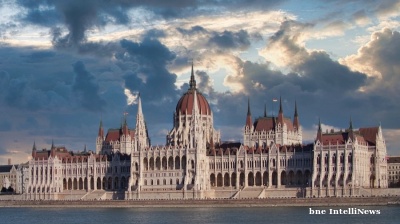
COMMENT: Hungary’s investment slump shows signs of bottoming, but EU tensions still cast a long shadow
Hungary’s economy has fallen behind its Central European peers in recent years, and the root of this underperformance lies in a sharp and protracted collapse in investment. But a possible change of government next year could change things.

IMF: Global economic outlook shows modest change amid policy shifts and complex forces
Dialing down uncertainty, reducing vulnerabilities, and investing in innovation can help deliver durable economic gains.
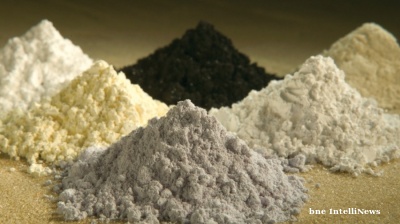
COMMENT: China’s new export controls are narrower than first appears
A closer inspection suggests that the scope of China’s new controls on rare earths is narrower than many had initially feared. But they still give officials plenty of leverage over global supply chains, according to Capital Economics.

BEYOND THE BOSPORUS: Consumed by the Donald Trump Gaza Show? You’d do well to remember the Erdogan Episode
Nature of Turkey-US relations has become transparent under an American president who doesn’t deign to care what people think.
